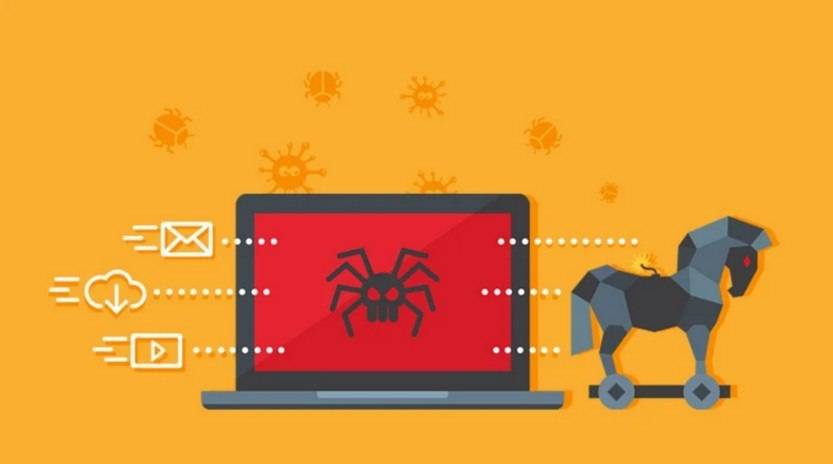Scams have become an unfortunate reality in the digital age, with cybercriminals constantly devising new ways to deceive unsuspecting individuals. One such scam that has been making the rounds recently is the ‘Your Photo Takes First Place’ scam emails targeting Google Photos users. This article aims to shed light on this scam, how it works, what to do if you have fallen victim, and provide valuable insights to help protect yourself from falling prey to such scams.
What is the ‘Your Photo Takes First Place’ Scam?
The ‘Your Photo Takes First Place’ scam is an email-based phishing scam that targets Google Photos users. The scam email typically claims that the recipient’s photo has won a contest or competition and urges them to click on a link to claim their prize. The email often appears to be sent from a legitimate source, such as Google Photos or a well-known photography website, making it more convincing and increasing the likelihood of individuals falling for the scam.
How Does the Scam Work?
The scam begins with the victim receiving an email with a subject line that suggests their photo has won a competition or contest. The email usually contains a message congratulating the recipient on their achievement and provides a link to claim their prize. The link leads to a fake website that closely resembles the official Google Photos website or a photography contest website.
Once the victim clicks on the link and lands on the fake website, they are prompted to enter their Google account credentials to claim their prize. Unbeknownst to the victim, this is a ploy to steal their login information. The scammers behind the scam then gain access to the victim’s Google account, potentially compromising their personal information, photos, and other sensitive data.
What to Do If You Have Fallen Victim?
If you have fallen victim to the ‘Your Photo Takes First Place’ scam or any similar phishing scam, it is crucial to take immediate action to protect your account and personal information. Here are the steps you should follow:
- Change your Google account password: Start by changing your Google account password to prevent further unauthorized access. Choose a strong, unique password that includes a combination of letters, numbers, and special characters.
- Enable two-factor authentication (2FA): Two-factor authentication adds an extra layer of security to your account by requiring a second form of verification, such as a code sent to your mobile device, in addition to your password. Enable 2FA to enhance the security of your Google account.
- Check for any suspicious activity: Review your account activity and check for any unauthorized access or suspicious activity. Look for any unfamiliar emails, changes in settings, or unrecognized devices connected to your account.
- Scan your device for malware: It is possible that the scam email contained malware or a virus. Run a scan with a reliable antivirus software like Malwarebytes Free to detect and remove any potential threats.
- Report the scam: Report the scam email to Google by marking it as phishing. This helps Google identify and take action against such scams, protecting other users from falling victim.
Technical Details of the Scam
The ‘Your Photo Takes First Place’ scam relies on social engineering techniques to trick users into divulging their login credentials. The scammers create convincing email templates that mimic legitimate notifications from Google Photos or photography contest websites. They often use official logos, branding, and language to make the emails appear genuine.
The links provided in the scam emails lead to fake websites that are designed to closely resemble the legitimate Google Photos or contest websites. These websites are hosted on domains that are similar to the official domains, but with slight variations that may go unnoticed by unsuspecting users.
Once the victim enters their login credentials on the fake website, the scammers capture the information and gain unauthorized access to the victim’s Google account. This allows them to potentially access the victim’s personal information, photos, contacts, and other sensitive data.
Statistics on Phishing Scams
Phishing scams, including email-based scams like the ‘Your Photo Takes First Place’ scam, continue to be a significant threat in the digital landscape. Here are some statistics that highlight the prevalence and impact of phishing scams:
- According to the FBI’s Internet Crime Complaint Center (IC3), phishing was the most reported cybercrime in 2020, with over 241,000 complaints.
- A report by Verizon found that 36% of data breaches involved phishing attacks.
- Google’s Threat Analysis Group (TAG) reported that they block more than 100 million phishing emails every day.
- According to the Anti-Phishing Working Group (APWG), there was a 22% increase in phishing attacks in the first quarter of 2021 compared to the previous quarter.
Summary
The ‘Your Photo Takes First Place’ scam is a phishing scam that targets Google Photos users through deceptive emails. The scam tricks users into clicking on a link and entering their Google account credentials on a fake website, allowing scammers to gain unauthorized access to their accounts. To protect yourself from falling victim to such scams, it is essential to be cautious of unsolicited emails, verify the authenticity of links and websites, and enable two-factor authentication for added security.
If you have fallen victim to a phishing scam, take immediate action by changing your password, enabling two-factor authentication, checking for suspicious activity, scanning your device for malware, and reporting the scam to the relevant authorities. By staying vigilant and following these steps, you can protect yourself and your personal information from falling into the hands of cybercriminals.











